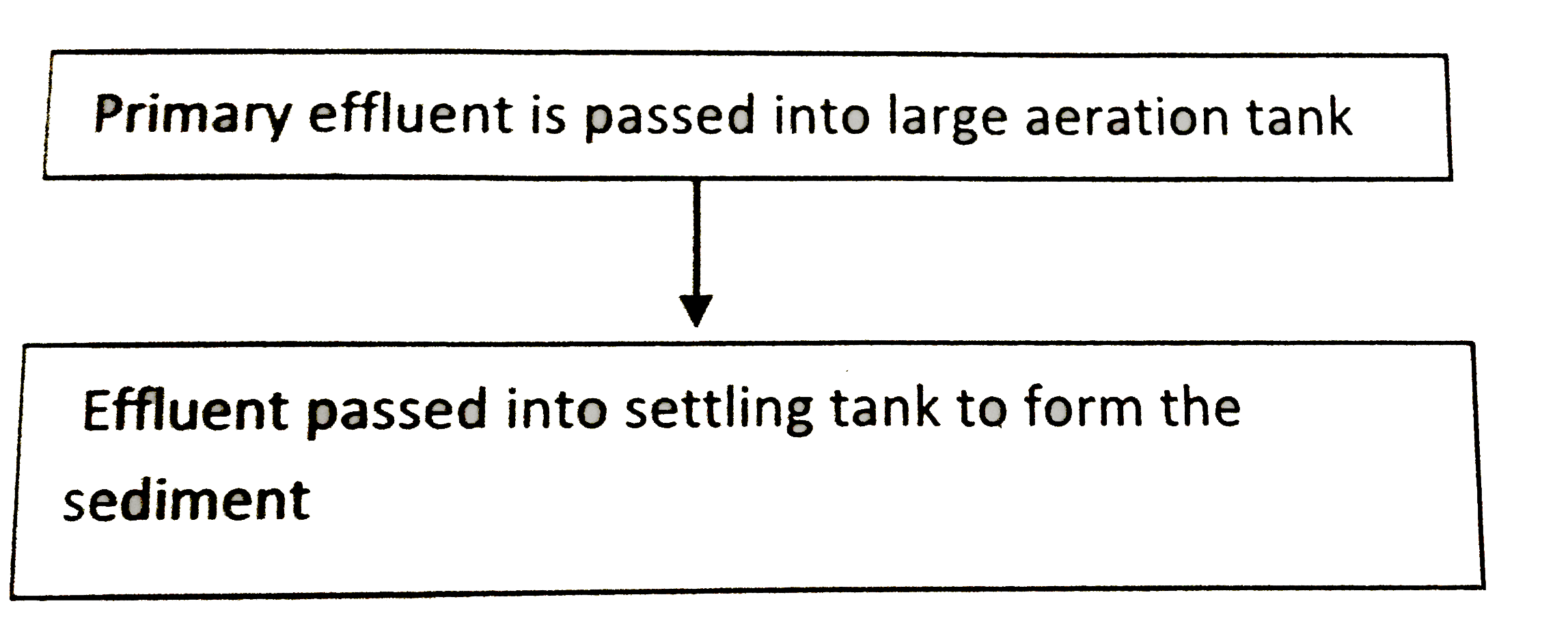Passage of effluents into oxidation tank is for
primary treatment
secondary treatment
Both (a) and (b)
tettiary treatment
The correct Answer is:B
Step by step video, text & image solution for Passage of effluents into oxidation tank is for by Biology experts to help you in doubts & scoring excellent marks in Class 12 exams.
Topper's Solved these Questions
- BOOK - ARIHANT NEETCHAPTER - MICROBES IN HUMAN WELFARE EXERCISE - Chapter exercises B( Medical entrances special format questions )15videos
MICROBES IN HUMAN WELFARE
- BOOK - ARIHANT NEETCHAPTER - MICROBES IN HUMAN WELFARE EXERCISE - Chapter exercises C ( Medical entrances gallery )28videos
MICROBES IN HUMAN WELFARE
- BOOK - ARIHANT NEETCHAPTER - MICROBES IN HUMAN WELFARE EXERCISE - Check point 19.310videos
MICROBES IN HUMAN WELFARE
- BOOK - ARIHANT NEETCHAPTER - MENDELIAN BASIS OF INHERITANCE EXERCISE - Chapter Exercise C Medical entrances gallery (Collection of questions asked in NEET & Various Medical Entrance Exams)84videos
MENDELIAN BASIS OF INHERITANCE
- BOOK - ARIHANT NEETCHAPTER - MINERAL NUTRITIONEXERCISE - Chapter Exercises (C) Medical Entrances gallery (Collection of questions asked in NEET & Various Medical Entrance Exams)70videos
MINERAL NUTRITION
Similar Questions
Large quantities of sewage is generated everyday in cities and towns, which is treated in Sewage Treatment Plants (STPs) to make it less polluted. Given below is the flow diagram of one of the stages of STP.
Observe the given flow diagram and answer the questions accordingly

(a) Why primary effluent is passed into large aeration tanks?
(b) Write the technical term used for the sediment formed? Mention its significance
(c) Explain the final step that results in the formation of biogas in the large tank before the treated effluent is released into water bodies.View SolutionGreen algae associated with oxidation tanks are
View Solution
Knowledge Check
- Question 1 - Select One
Select the correct sequence of events in a sewage treatment process.
A. Passages of primary effluent into large aeration tanks for mechanical agitation and pumping or air .
B. Passage of effluent into the settings tank and formation of activated sludge.
C. Physical removal of particles thought filtration and sedimentation .
D. Release of effluent from the secondary temperature plant into natural water bodies.
E. Growth of useful aerobic microbes into flocs which significantly reduce the BOD.AA,C,B,E,DBA,B,C,D,ECC,A,E,B,DDC,E,A,B,C - Question 2 - Select One
Given below are the steps involved in sewage treatment. Arrange them in proper sequence and select the correct option.
A. Passage of primary effluent into large aeration tanks for mechanical agitation and pumping of air.
B. Passage of secondary effluent and formation of activated sludge.
C. Physical removal of particles through filtration and sedimentation
D. Release of effluent from the secondary treatment plant into natural water bodies.
E. Growth of useful aerobic microbes into flocs which significantly reduce the BOD.AA,C, B, E, DBA,B,C,D,ECC,A,E,B,DDC,E,A,B,D - Question 3 - Select One
Effluent means
AWater remaining under the primary sludge .BSolid compunds of the sedimentationCWater remaning over the primary sludgeDFlocs forms from the primary sludge
What is a septic tank ?
View SolutionPipe A can fill a tank in 3 hours. But there is a leakage also, due to which it takes 3.5 hours for the tank to be filled. How much time will the leakage take in emptying the tank if the tank is filled initially?
View SolutionPhotocatalysis of effluents is carriedout with the help of
View SolutionAssertion Liquid waste products from industrial processes and domestic activity are termed as effluents.
Reason Fertiliser factories, steel and textile sugar mills are some industries, which release effluents.View SolutionA pipe can fill a tank in 10 hours. Due to the leak in its bottom, the tank iş filled in 12 hours. If the tank is full, then that leak can empty the tank in how many hours?
View Solution

